A Single Shot That Saved D-Day: The British PIAT
June 28th, 2022
6 minute read
Think back to the last time you had to do something really important. Maybe it was a big presentation at work or some massive test in school. Perhaps it involved public speaking or a lot of stuff beyond your control. Now assume that you’re having to do that under the most stressful circumstances imaginable at a time when you are frightened, hungry and sleep-deprived. If you botch this you really could die. Oh, by the way, the fate of the entire world literally hangs in the balance. Seem overwhelming? I give you British SGT Charles “Wagger” Thornton.
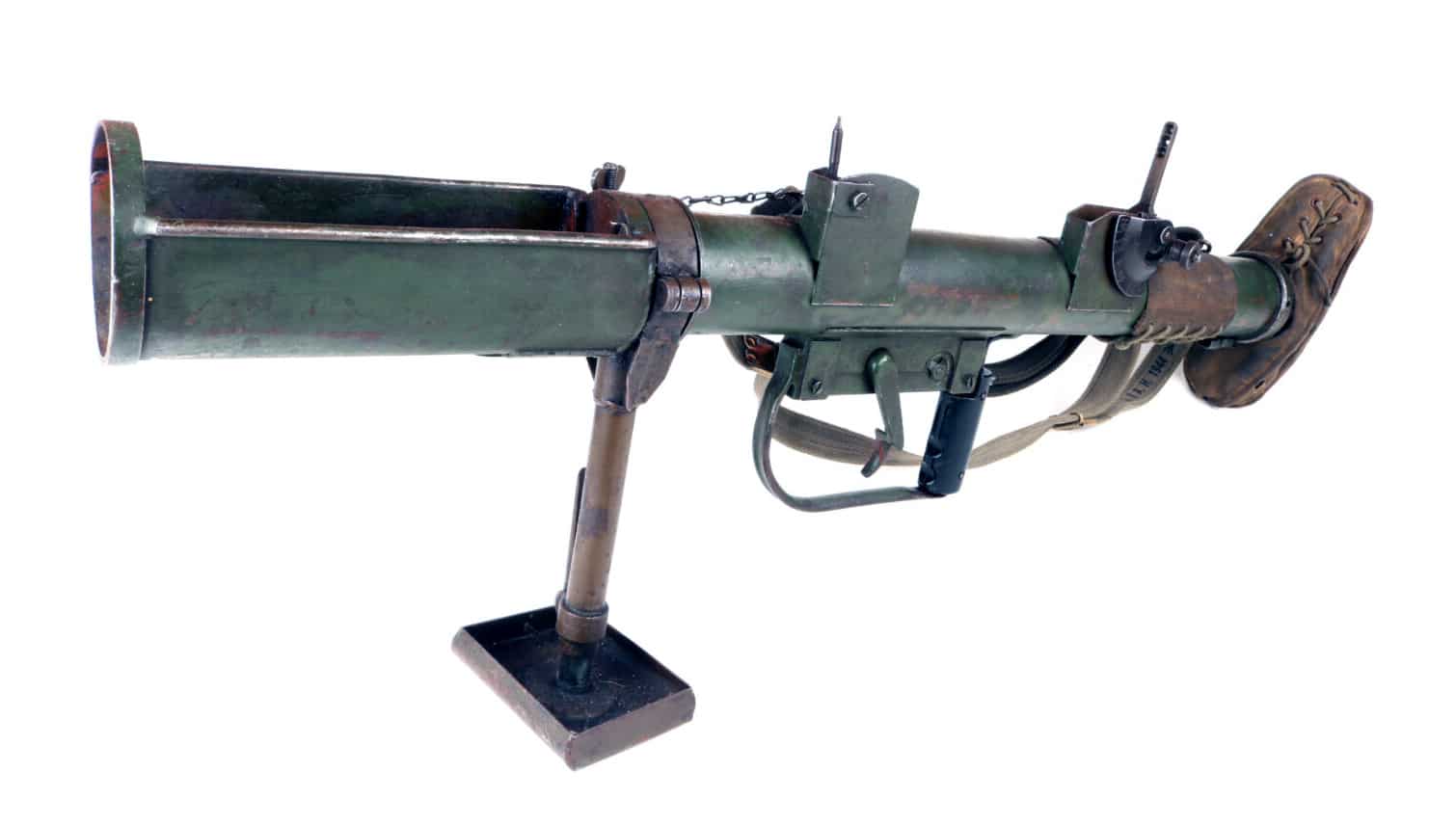
SGT Thornton was a member of D Company of the 2d Airborne Battalion, Oxfordshire and Buckinghamshire Light Infantry. As part of the British 6th Airborne Division, SGT Thornton and D Company had the mission to seize the bridges over the Orne River and the Caen Canal in the opening hours of Operation Overlord. D Company was commanded by a legendary British warrior named Major John Howard. Their little piece of D-Day was called Operation Deadstick.
Deadstick, a Bridge and a PIAT
This was a shockingly big deal. In one of the most extraordinary examples of piloting skill exhibited during the war, six Horsa gliders, each carrying twenty-eight grunts and two pilots, touched down at exactly the right spot at exactly the right time in pitch darkness. At 0016 on June 6, 1944, Major Howard’s men went to work.
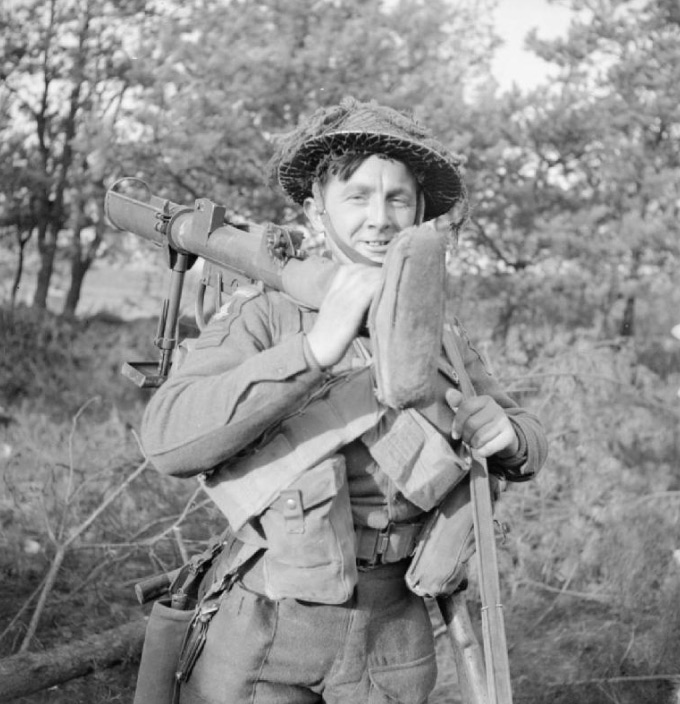
D-Day was far from a sure thing. We have the benefit of hindsight and know that it all turned out fine. At the time, however, General Eisenhower, the Supreme Allied Commander, had actually drafted a press release accepting full personal responsibility had the invasion failed. What that success turned on was tanks.
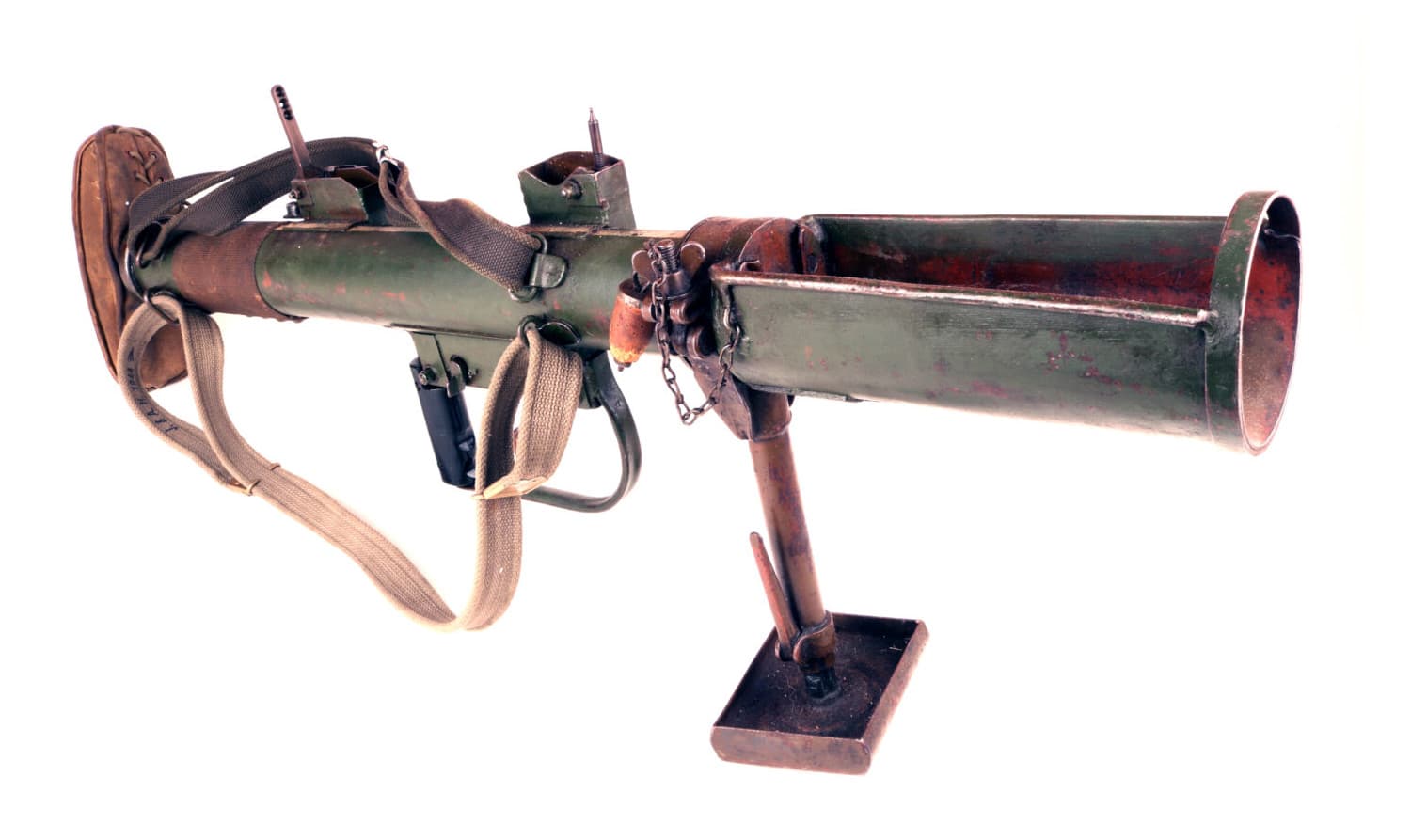
With so much coastline to defend, Field Marshal Erwin Rommel knew that a successful defense would hinge upon his ability to get armor staged against the invasion beaches before the assault troops could establish a proper lodgment. In this particular zone that responsibility fell to the 21st Panzer Division. To sweep across the invasion beaches and push the Allies back into the sea, Rommel’s panzers had to cross the Orne River and the Caen Canal. Major Howard’s job was to keep that from happening.
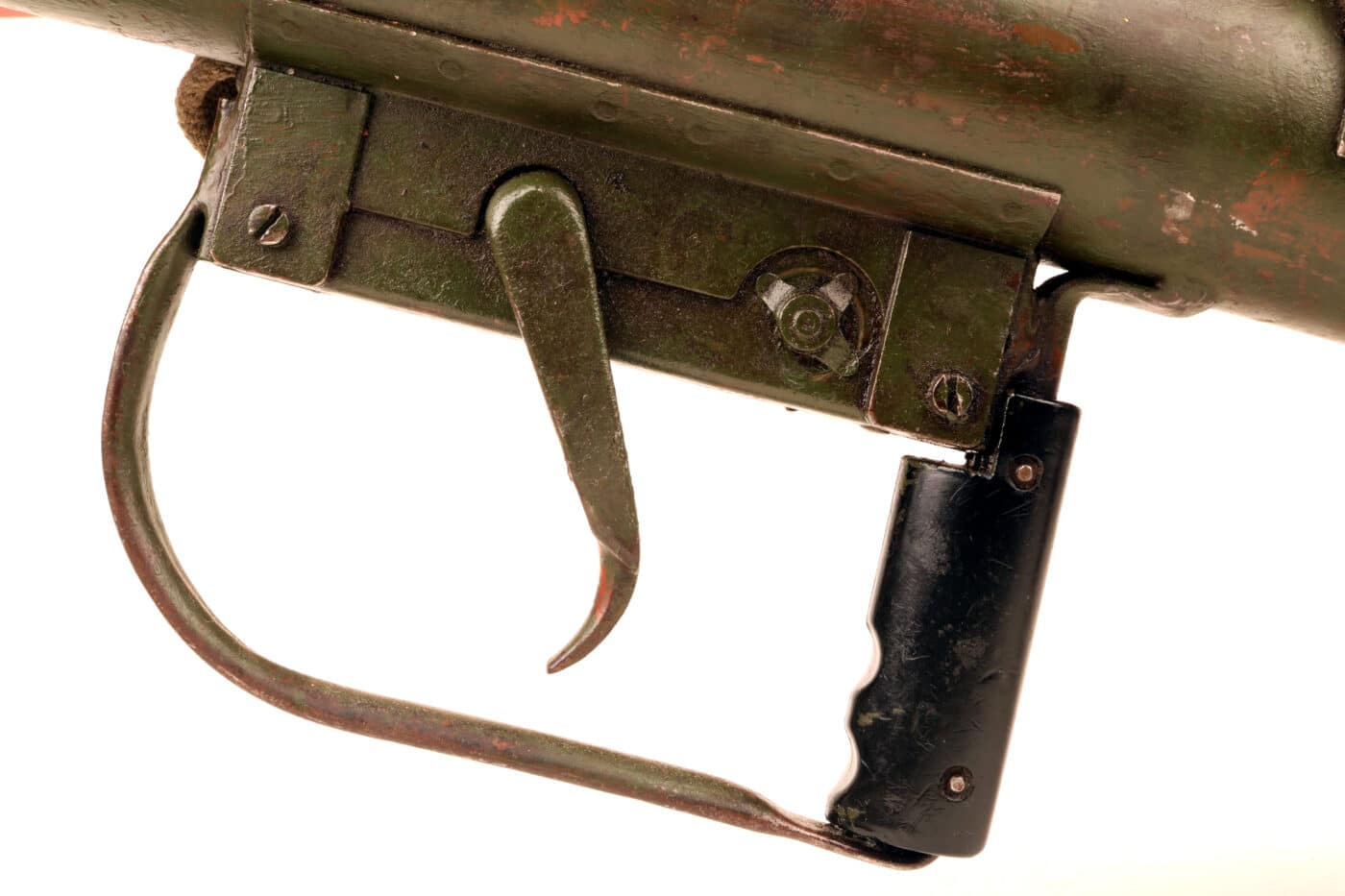
SGT Thornton reportedly had about three minutes’ notice. With the sound of approaching armor clanking in the darkness he snatched up a PIAT gun and the unit’s last two remaining rounds and sprinted for a nearby road intersection. He dropped down into a handy pile of garbage and tried to control his breathing. The tanks were getting closer.
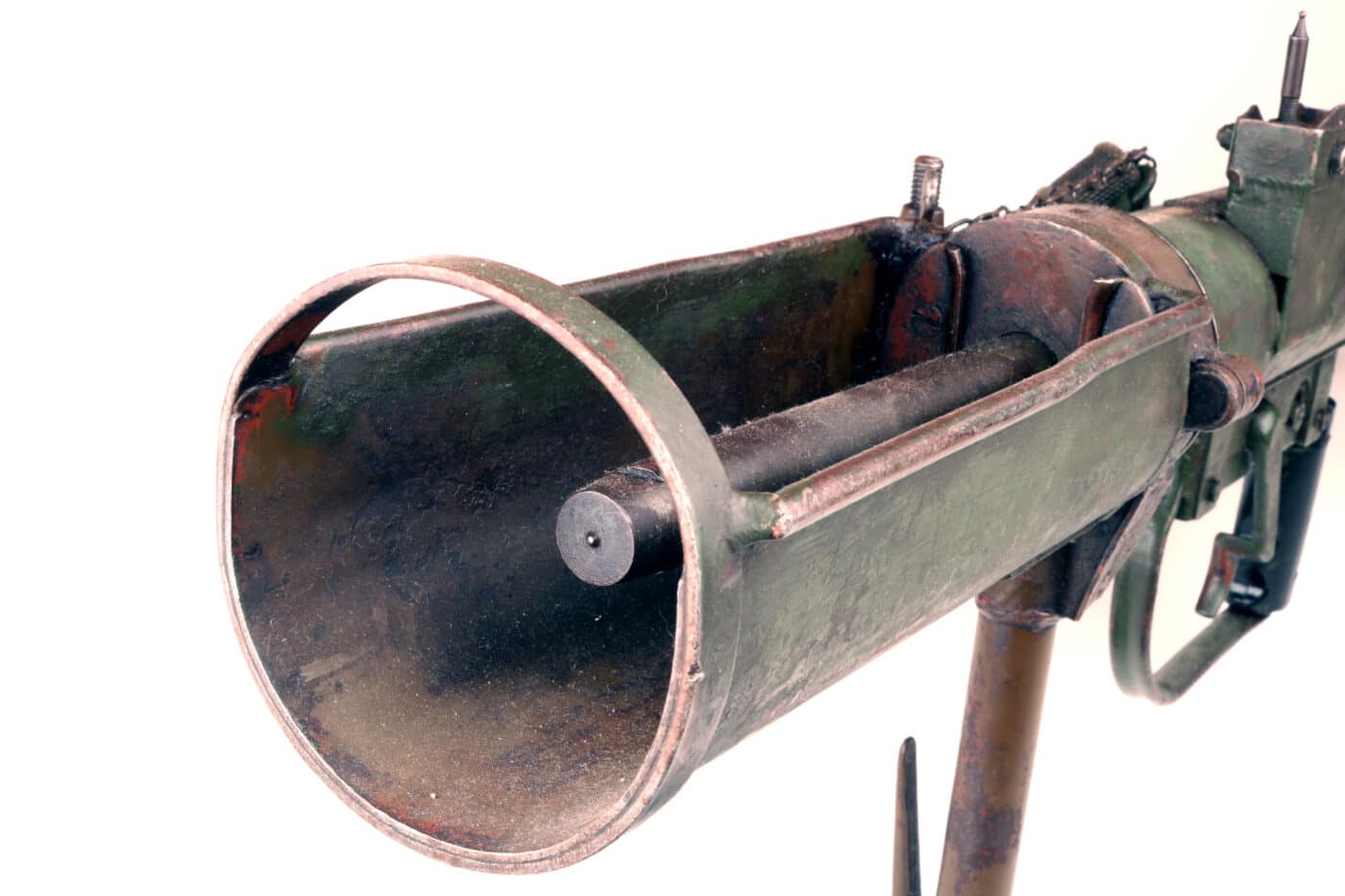
The buildings in this little town were tight and congested, as is so often the case in Europe, and the approach to the bridge was a T-intersection. In their haste to reach the beaches the panzers had outrun their infantry support. The lead tank, a Pz.Kpfw. IV, cautiously approached the road junction. The Company Commander of a supporting engineer company was inside among with the crew. I can only assume he was there to ensure that the bridge would support the follow-on armor.
By the dim light of flickering fires and from a slant range of only thirty yards, Wagger Thornton aligned his massive boat anchor of a gun and squeezed the oversized trigger. The PIAT bomb arced through the darkness to explode against the side of the tank, sleeting its interior with molten steel. The disabled German tank brewed up in short order.
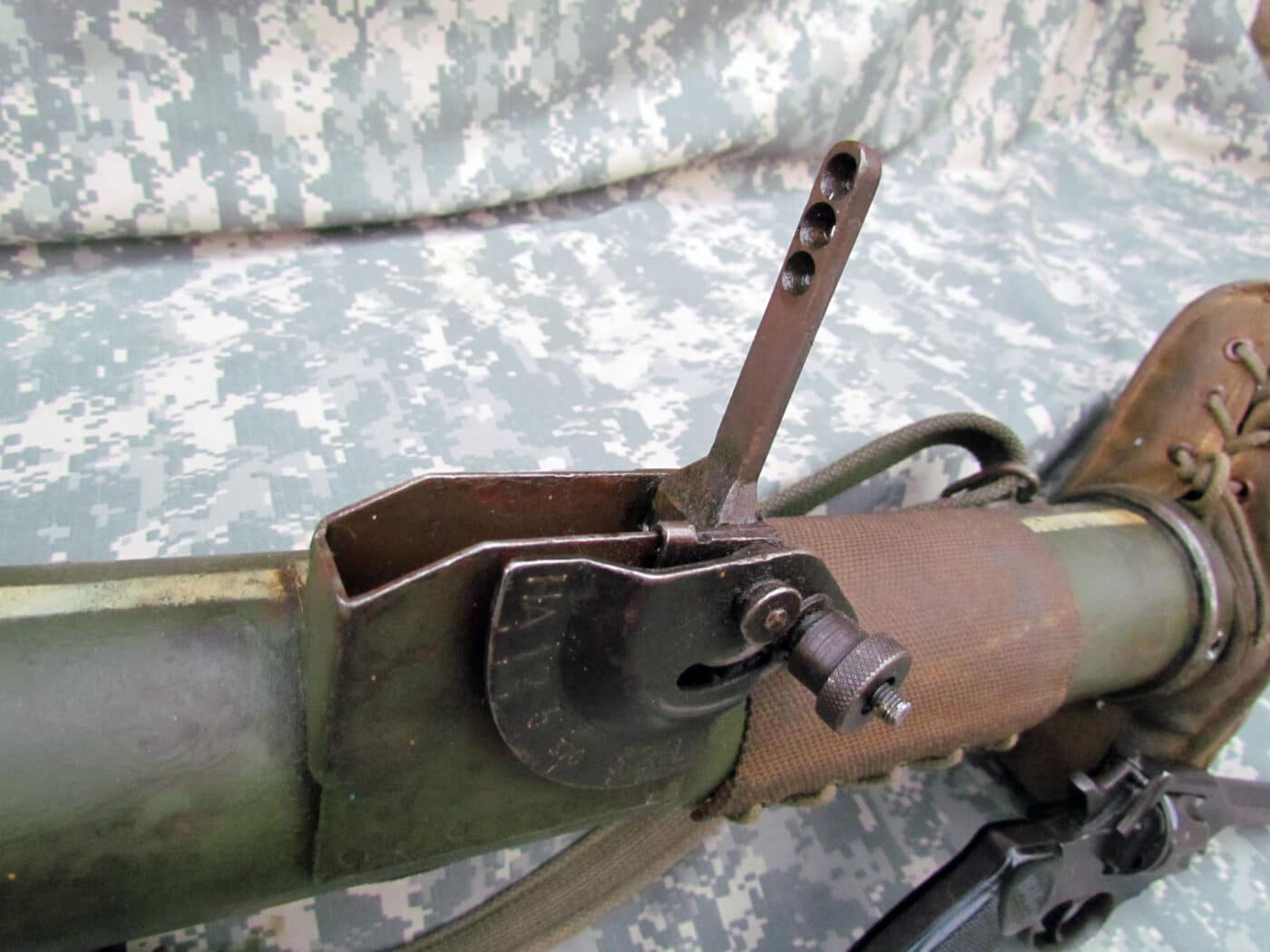
Everyone but the engineer officer died inside the tank. This young German did claw his way out of the flaming vehicle but lost both legs in the process. He died some hours later at a British aid station. The tank burned to slag wedged between two buildings in the one spot that would effectively seal the approach to the beaches from the armor of the 21st Panzer Division. With that one shot, SGT Thornton, in my opinion, saved the Allies on D-Day.
“Rubbish” Weapon
In a subsequent interview about his extraordinary experience, Thornton was asked his opinion of the PIAT gun. His response was, “It was rubbish, really.” While most PIAT gunners held a similar opinion of the weapon, it was undeniably effective … when it worked.
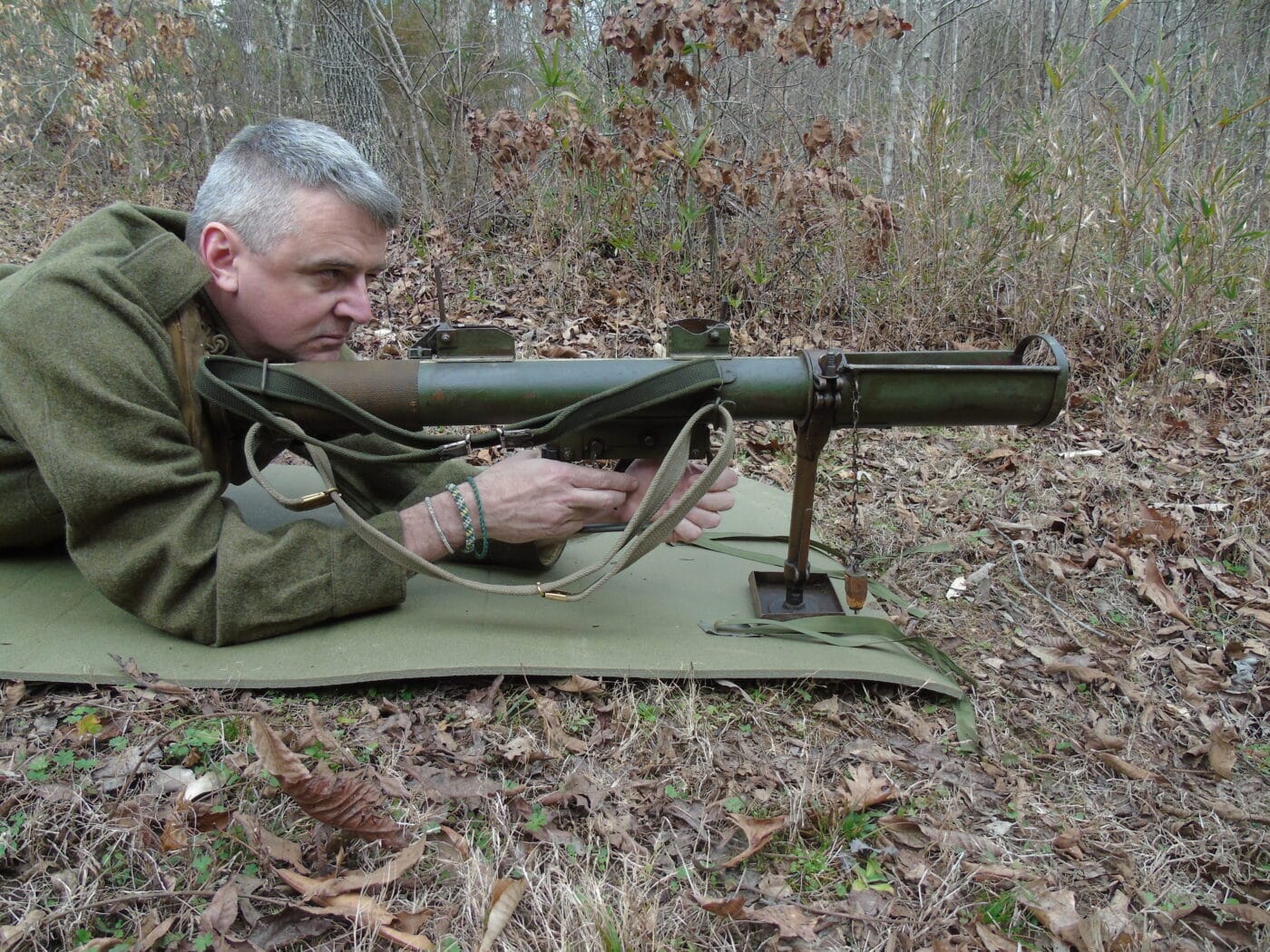
PIAT stands for “Projector, Infantry, Anti-Tank” and it was a monstrous beast indeed. The PIAT was actually a spigot mortar, launching its shaped charge projectiles (called “PIAT bombs” by the Tommies who wielded it) by means of a heavy spring-loaded rod that fired up into the base of the round in concert with a modest booster charge. Recoil was said to be simply epic.
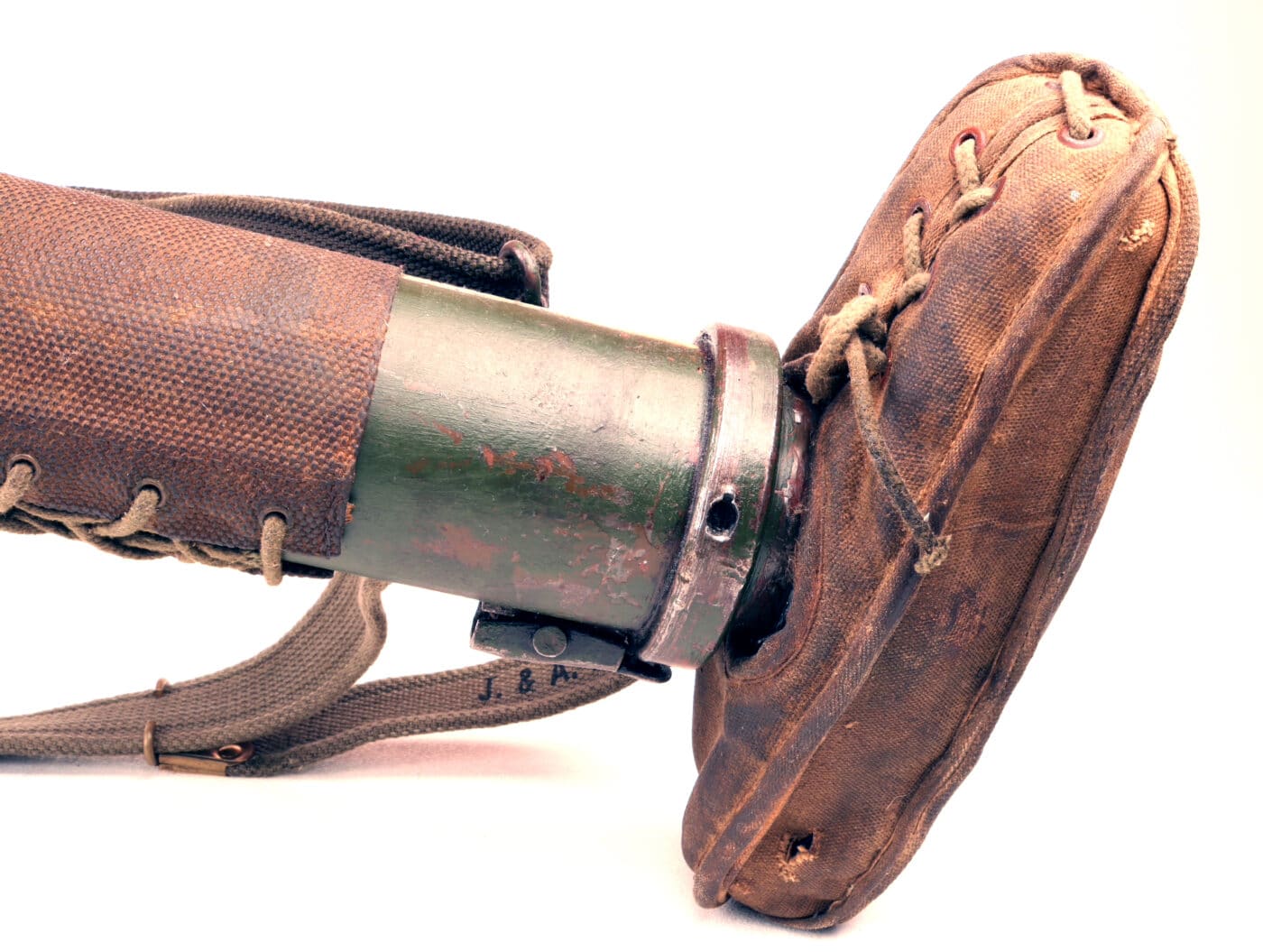
It was a workout of the highest order to cock the PIAT manually. The weapon was designed to capture a bit of the recoil force and cock itself automatically with each round fired. To do so in confined spaces while under fire would require courage on a scale I struggle to imagine.
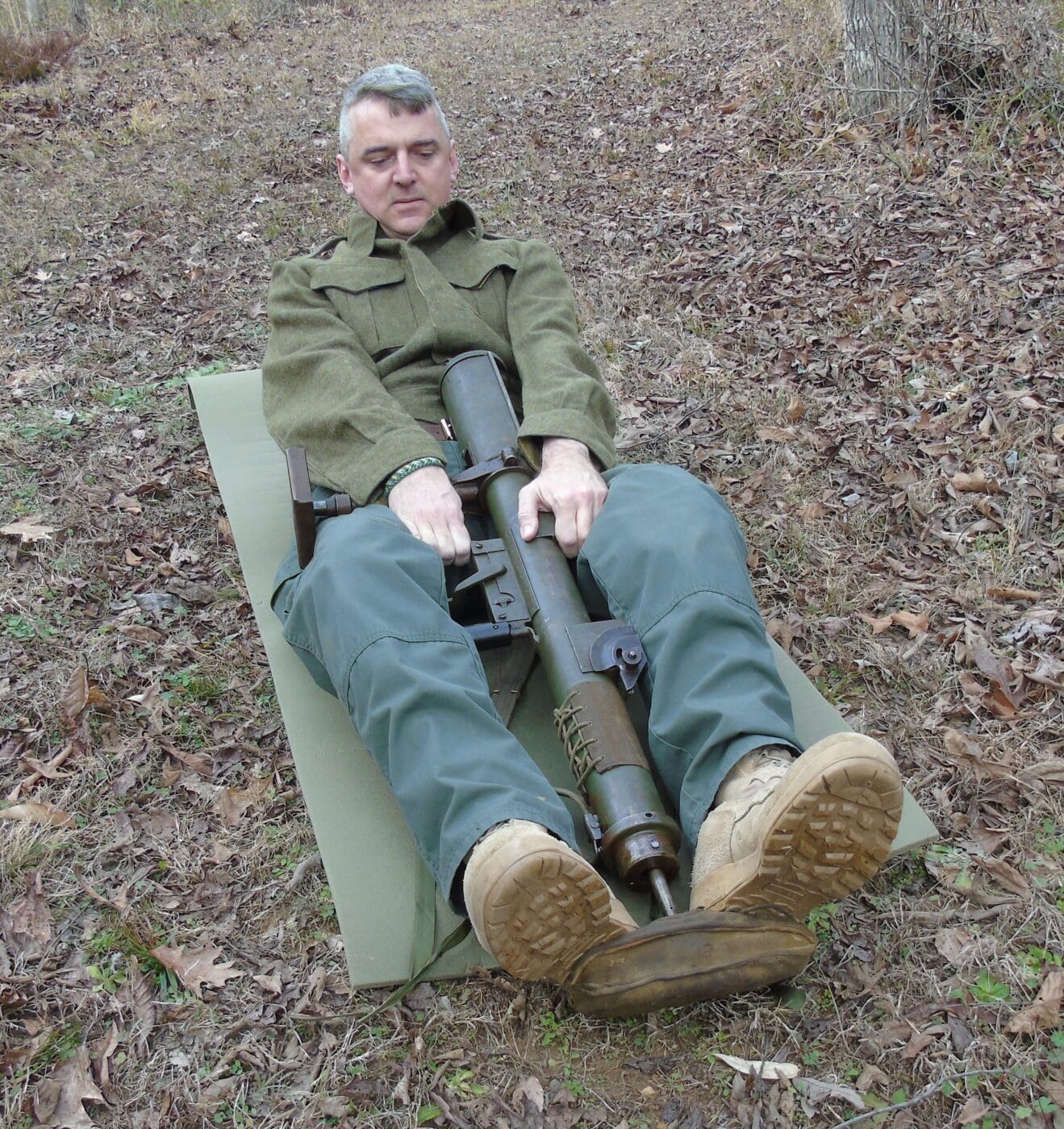
The PIAT weighed 32 lbs. and produced a muzzle velocity of only 250 feet per second. The gun was fitted with an adjustable aperture sight and was 39″ long. Effective range was published as 115 yards against point targets and 350 yards against area targets. Actual PIAT operators typically claimed substantially less than that. The shaped charge warhead fired by the PIAT would indeed cut through four inches of steel armor plate, but roughly one in four rounds fired in combat failed to detonate. The British ultimately produced 115,000 copies.
Denouement
Soldiers in combat make do with what they have. Sniveling about how heavy, inefficient or awkward some piece of equipment might be is a common thread to military service everywhere. Whether it is a Javelin missile, a British PIAT or a Roman Scutum, it is the lot of soldiers to complain about stuff. A soldier who isn’t griping is either defective or dead. In the case of the PIAT, however, that thing really was a remarkably cumbrous beast.
Regardless, in the early hours of D-Day, a desperate British airborne soldier used one of these ungainly man-portable spigot mortars to halt the advance of the one asset that the Germans had that could have conceivably repelled the invasion. His action is a tribute to both his tactical competence as well as his raw unfiltered courage. We literally owe our way of life to men such as these.
Editor’s Note: Be sure to check out The Armory Life Forum, where you can comment about our daily articles, as well as just talk guns and gear. Click the “Go To Forum Thread” link below to jump in!
Join the Discussion
Continue Reading
Did you enjoy this article?

 417
417






